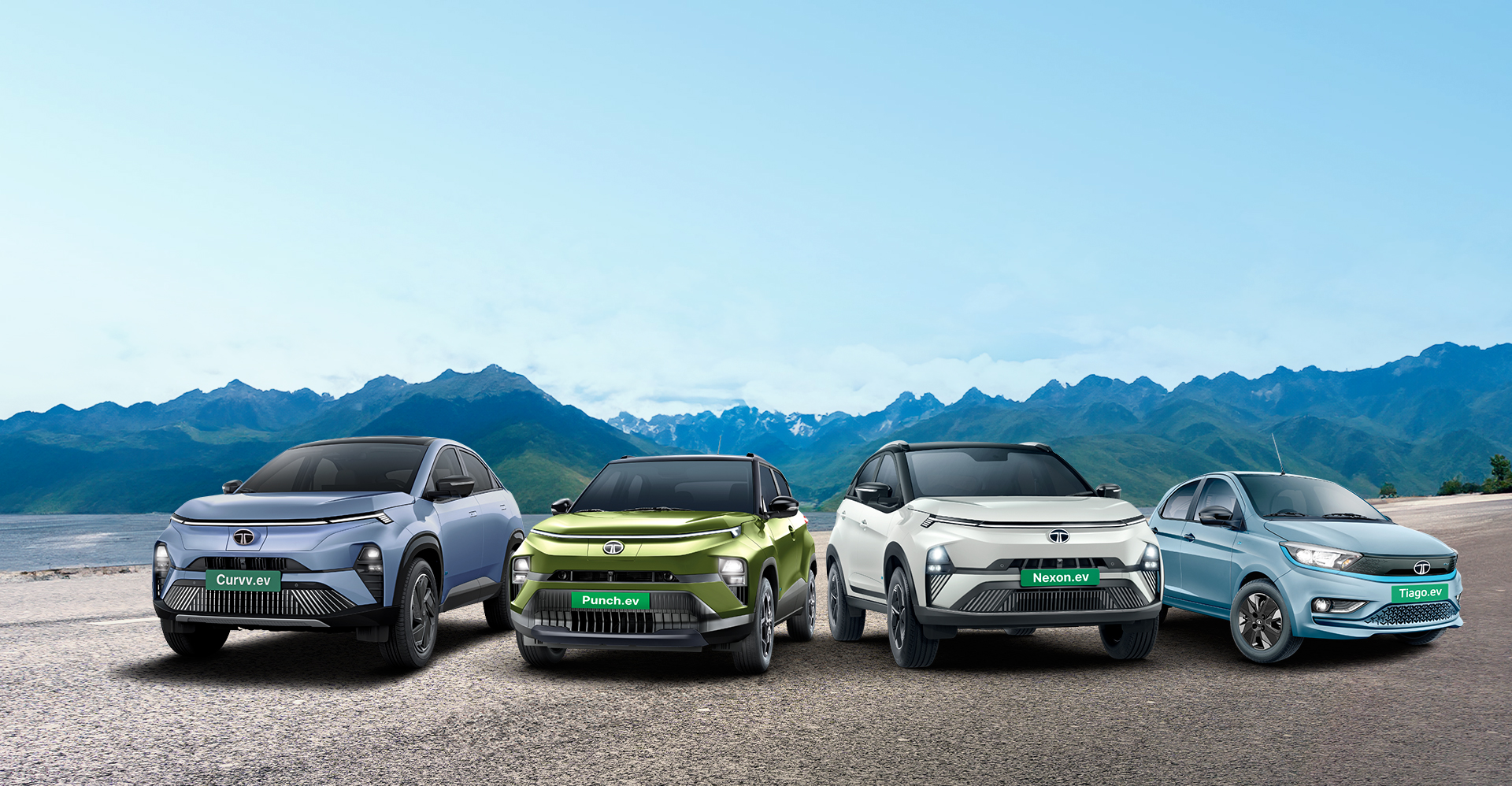The automotive landscape in India is on the brink of a monumental transformation. As we approach 2030, electric vehicles (EVs) are poised to redefine mobility in the country. With increasing environmental awareness, rising fuel prices, and government initiatives promoting green energy, the transition to electric mobility appears more promising than ever. This article delves into the potential developments and challenges that lie ahead as India gears up for a future dominated by EVs.
Government Initiatives Driving EV Adoption
One of the primary driving forces behind the adoption of EVs in India is the government’s strong push towards sustainable transportation. Various policies, subsidies, and tax incentives have been introduced to make electric vehicles more accessible and affordable to the average consumer. The Faster Adoption and Manufacture of Hybrid and Electric Vehicles (FAME) scheme, for instance, has significantly boosted the manufacturing and adoption of EVs across the country. Moreover, several states have launched their own EV policies, offering benefits such as reduced registration fees and exemptions from road taxes.
To further accelerate the transition, the Indian government has also set ambitious targets to ensure a substantial percentage of vehicles on the road are electric by 2030. These targets aim to reduce dependence on fossil fuels, lower greenhouse gas emissions, and support the global movement towards combating climate change. Government-backed incentives, including lower GST rates on EVs and subsidies for EV infrastructure, have also motivated consumers and manufacturers alike.
Building a Robust Charging Infrastructure
Infrastructure development is another critical factor influencing the future of electric mobility. As the number of EVs on Indian roads increases, the demand for reliable and widespread charging networks will become more prominent. Major cities have already seen the installation of public charging stations, and private entities are stepping in to bridge the gap by setting up their own networks. By 2030, it is expected that charging stations will be as commonplace as petrol pumps, facilitating seamless long-distance travel for EV owners.
Several states are actively investing in charging infrastructure to make EV adoption smoother. Collaborations between public and private sectors are playing a key role in this expansion, with companies like Tata Power, Reliance, and BPCL taking significant strides in setting up charging stations. Additionally, advancements in fast-charging technology are expected to reduce waiting times significantly, making EVs even more practical for Indian consumers.
Advancements in Battery Technology
The evolution of battery technology is also crucial in shaping the future of EVs in India. Currently, the high cost of lithium-ion batteries makes EVs relatively expensive. However, research and development in alternative battery technologies, such as solid-state and sodium-ion batteries, are likely to drive costs down and improve energy efficiency. Additionally, local manufacturing of batteries could reduce dependence on imports, fostering self-reliance and stabilizing prices.
India is also focusing on building its own battery manufacturing hubs to reduce import dependency. Initiatives like the National Programme on Advanced Chemistry Cell Battery Storage are aimed at developing advanced battery manufacturing capabilities within the country. By localizing production, costs can be reduced, and more affordable EV models can be made available to the Indian public.
Changing Consumer Perceptions
In terms of consumer perception, the shift from internal combustion engine (ICE) vehicles to electric ones is gradually gaining traction. While there are concerns about range anxiety and battery life, improved vehicle design and technological advancements are addressing these issues. Automakers are increasingly focusing on enhancing range, reducing charging time, and offering affordable models tailored to the Indian market. By 2030, EVs are expected to become a mainstream choice rather than a niche product.
Awareness campaigns and educational initiatives are also helping Indian consumers understand the benefits of electric mobility. As more urban dwellers experience the convenience and lower operational costs of EVs, the hesitation to make the switch is gradually diminishing. Social media and digital platforms are playing a pivotal role in spreading information about the economic and environmental benefits of going electric.
Economic Impact of EV Adoption
The economic impact of widespread EV adoption cannot be overlooked. The automotive industry is a significant contributor to India’s GDP, and a shift to electric vehicles will necessitate a rethinking of business models. Traditional automotive jobs may see a decline, while opportunities in EV manufacturing, maintenance, battery recycling, and charging infrastructure are set to rise. Training and upskilling the workforce to adapt to this new paradigm will be essential.
Local manufacturing and investment in EV technology can also strengthen India’s position in the global automotive market. By becoming a leader in affordable EV production, India can export vehicles to emerging markets and reduce reliance on imported technology, thereby boosting economic growth.
Environmental Benefits and Challenges
Environmental benefits are perhaps the most compelling reason for the EV revolution. With the increasing severity of air pollution in urban areas, EVs present a viable solution to reduce carbon emissions. By 2030, India aims to have a significant portion of its transportation powered by electricity, cutting down on fossil fuel consumption and contributing to global climate goals. Furthermore, the adoption of renewable energy to power EVs will further enhance the positive environmental impact.
However, challenges remain, particularly regarding battery disposal and the environmental impact of battery production. Addressing these issues through stringent regulations and promoting recycling initiatives will be crucial. Additionally, ensuring the stability of the electric grid as demand increases will require robust infrastructure planning.
Conclusion
In conclusion, the future of electric vehicles in India by 2030 looks promising, albeit with challenges that need to be navigated carefully. The combined efforts of the government, automotive industry, and consumers will determine how quickly and effectively the nation can transition to electric mobility. As infrastructure improves, costs decrease, and awareness grows, EVs are set to become an integral part of India’s transportation landscape. Embracing this change will not only benefit the environment but also position India as a forward-thinking leader in sustainable mobility.

